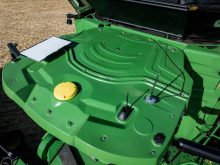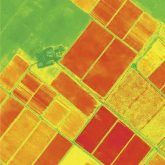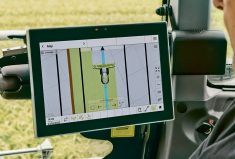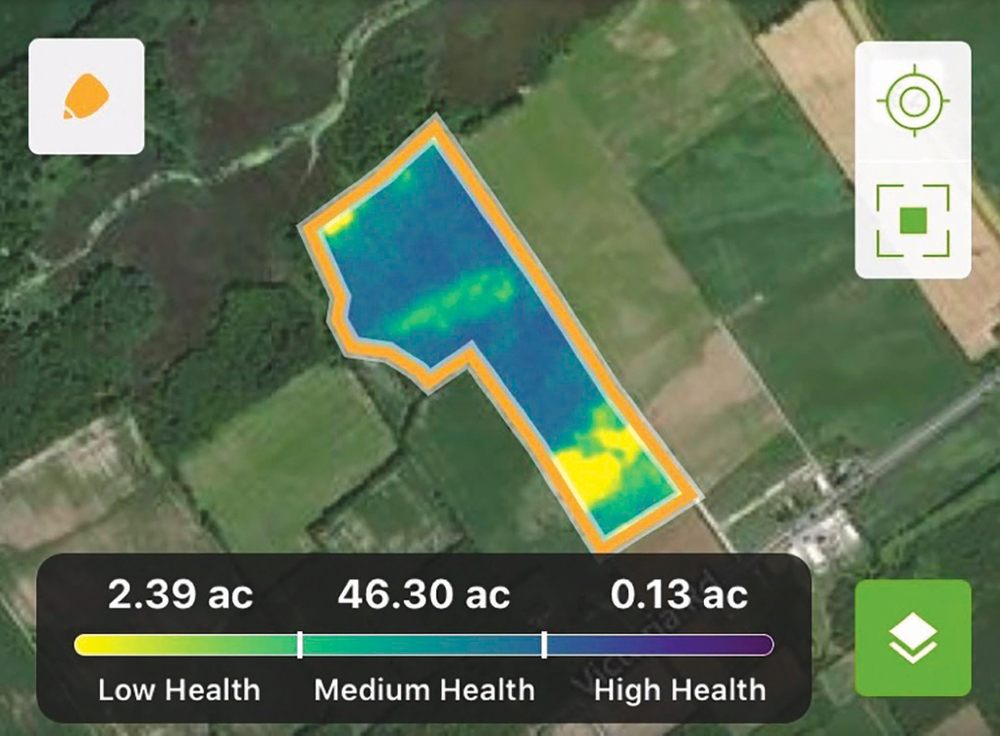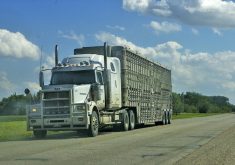Glacier FarmMedia– If the GPS system in use on your farm relies on a Wide Area Augmentation System signal, be aware of a planned outage that will occur in the middle of spring planting this year.
The United States Federal Aviation Administration, which administers the civilian-use GPS network, plans to switch WAAS GEO 6 (S15 – PRN 133) from regular operation to test mode beginning May 13. It will remain out of service until June 7.
However, the other two WAAS satellites, 131 and 135, will function during that time so producers will still be able to find a signal.
Read Also
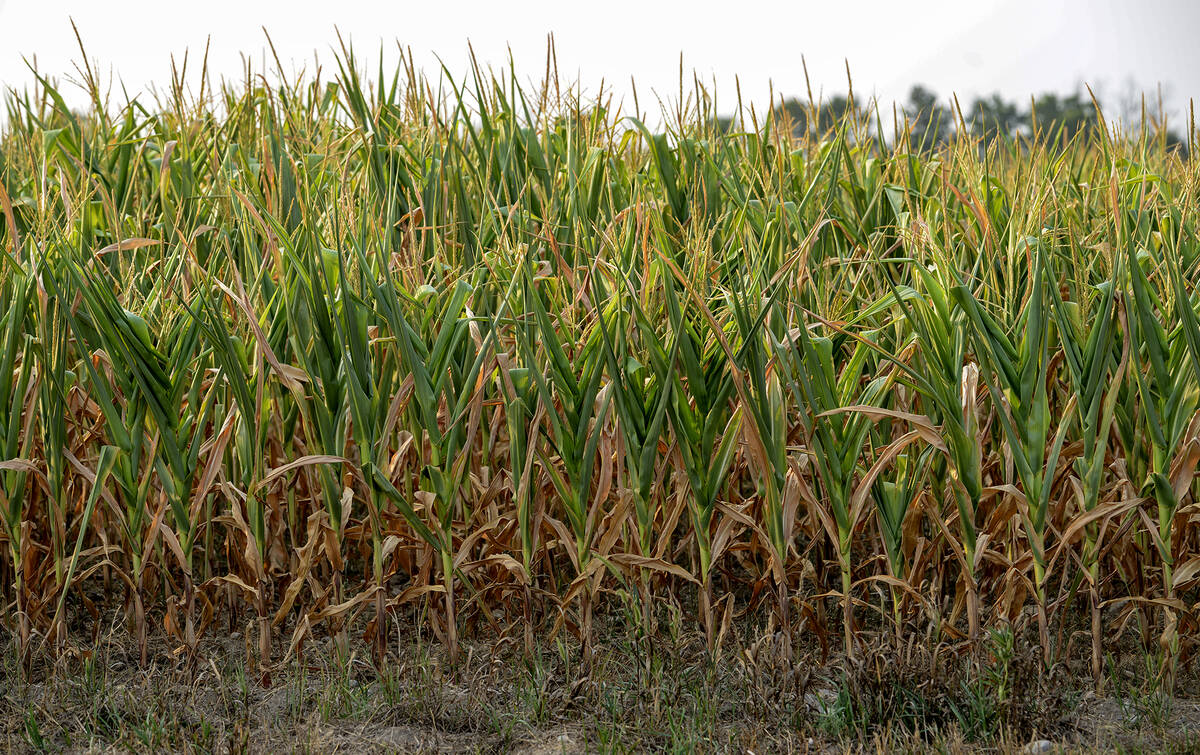
Extreme variability marks Ontario’s 2025 corn crop
The yield potential of Ontario’s 2025 corn crop was lost in some areas due to extreme dry conditions.
The planned outage is one in a recent ongoing series of WAAS satellites going offline, according to a statement in the FAA’s Service Performance Analysis Report for the last quarter of 2024.
“During this reporting period, 1 October through 31 December 2023, there were eight reported outages. Eight outages were maintenance activities and were reported in advance, and there were no unscheduled outages … The minimum duration of a scheduled outage forecasted ahead of time was 139.2 hours.”
A WAAS signal has been available to producers at no cost since GPS auto guidance first became common in agriculture, but the technical capabilities offered by today’s equipment can no longer be fully used with only a WAAS signal.
“WAAS is technically rated as a sub-metre signal,” says Matt Yanick, owner of My Precision Ag in Rocanville, Sask.
“I always say it’s free for a reason. It’s been an option for many years since the start of auto steer, but many farms have outgrown that.”
While WAAS remains popular with many growers, it doesn’t allow the kind of accuracy needed for a sprayer to follow in the same wheel tracks, for example.
With other options available, is it time for producers to upgrade to a more accurate and more reliable option?
Yanick thinks people with receivers capable of handling upgraded signals should consider it. He’s often surprised to see farmers operating new equipment while still using the WAAS signal.
“In my opinion, the more accuracy you can have on a piece of machinery on your farm, the more accurate every application is, the less issues you have as well. You’re not fighting drift or other issues that might occur from drift. You’re not having issues with section control. You’re not having misses on your pass-to-pass. You can make more accurate boundaries with a better signal. Your VR maps are more accurate.”
Signal outages with upgraded systems are likely to be less frequent and of shorter duration than what WAAS users have experienced.




